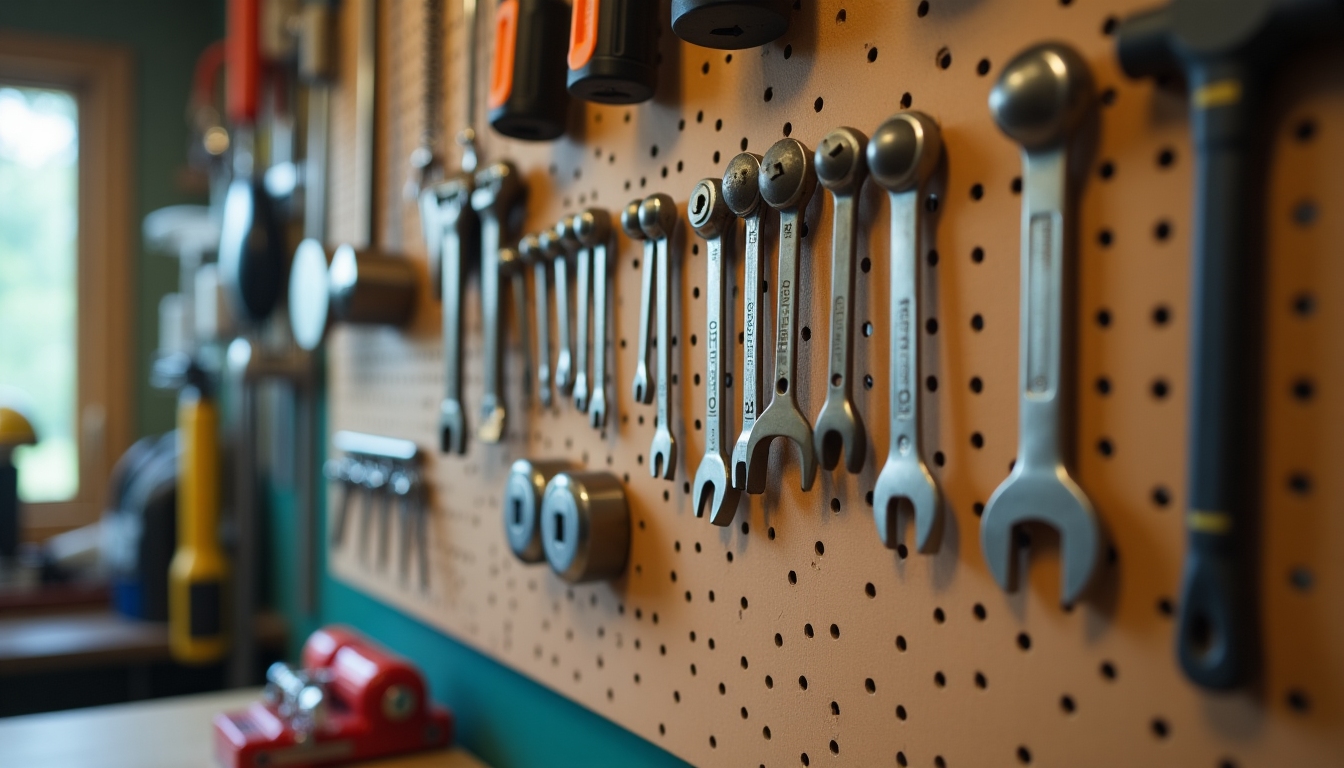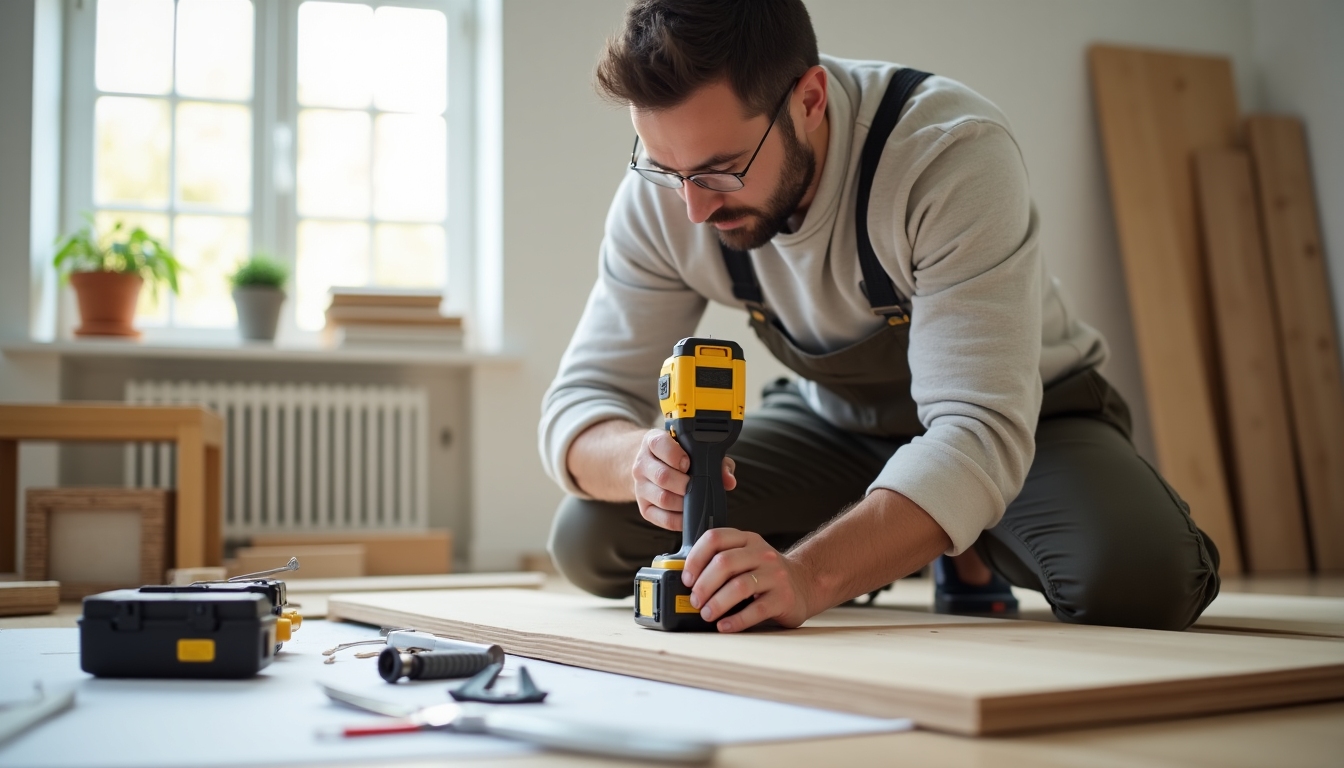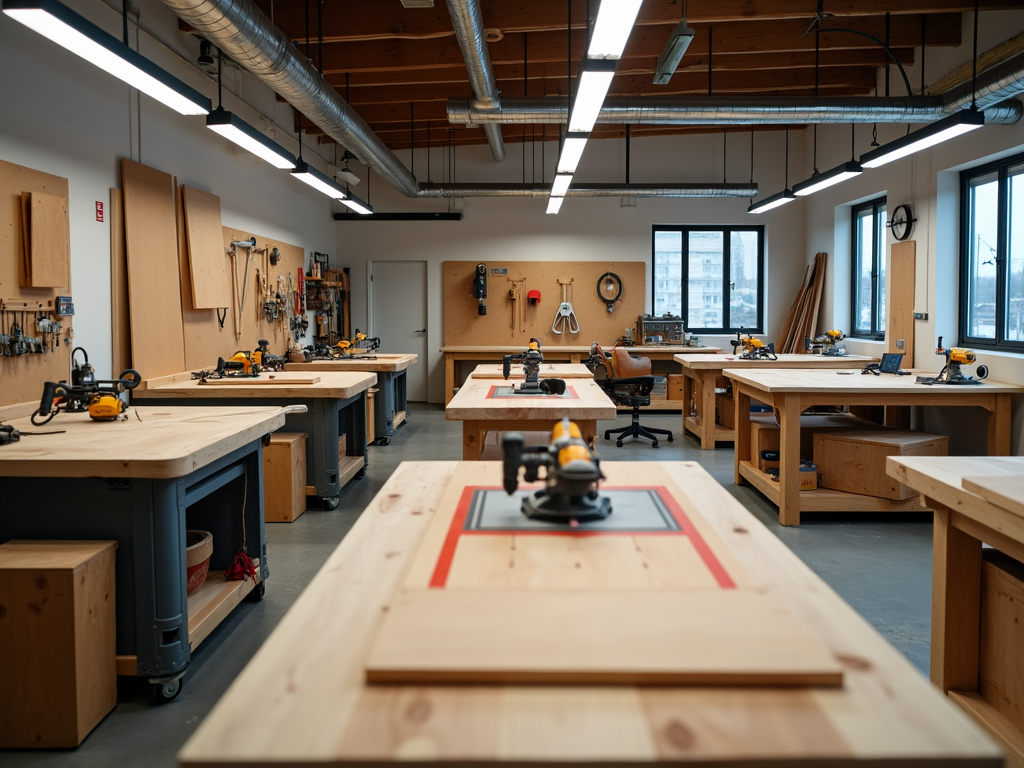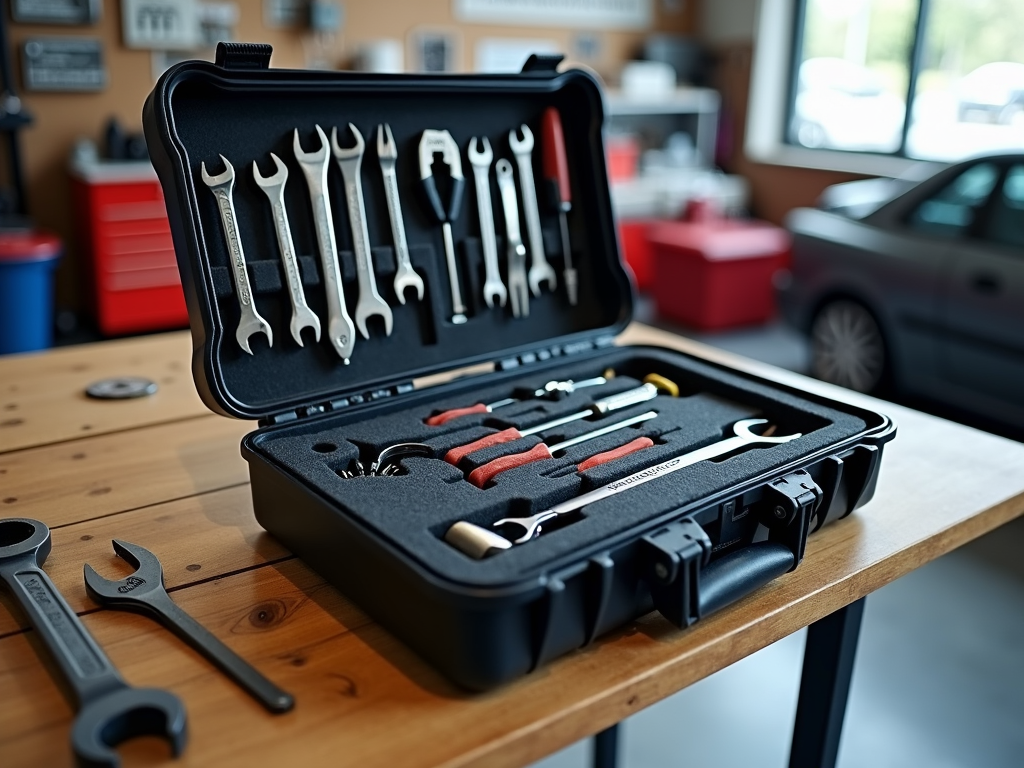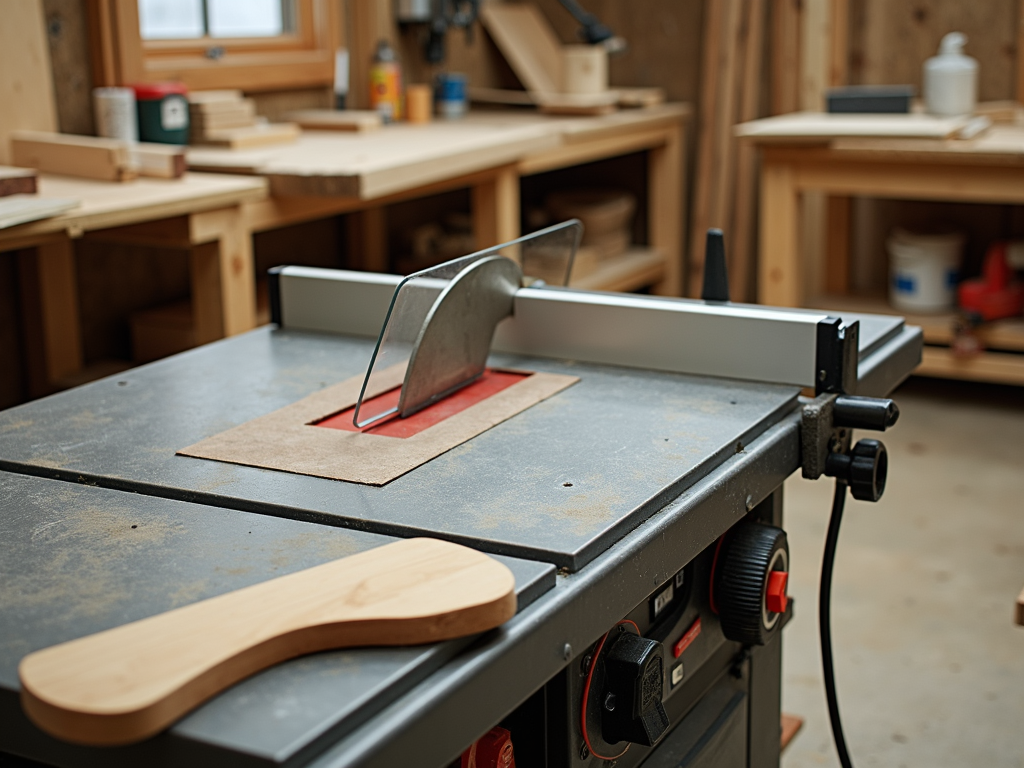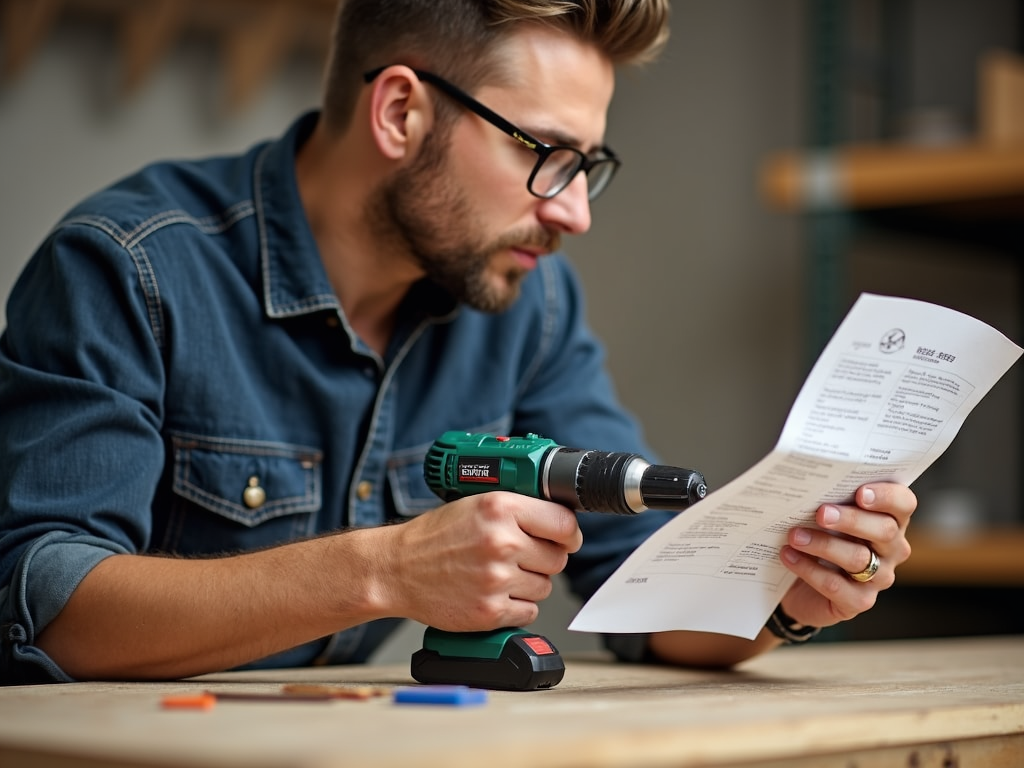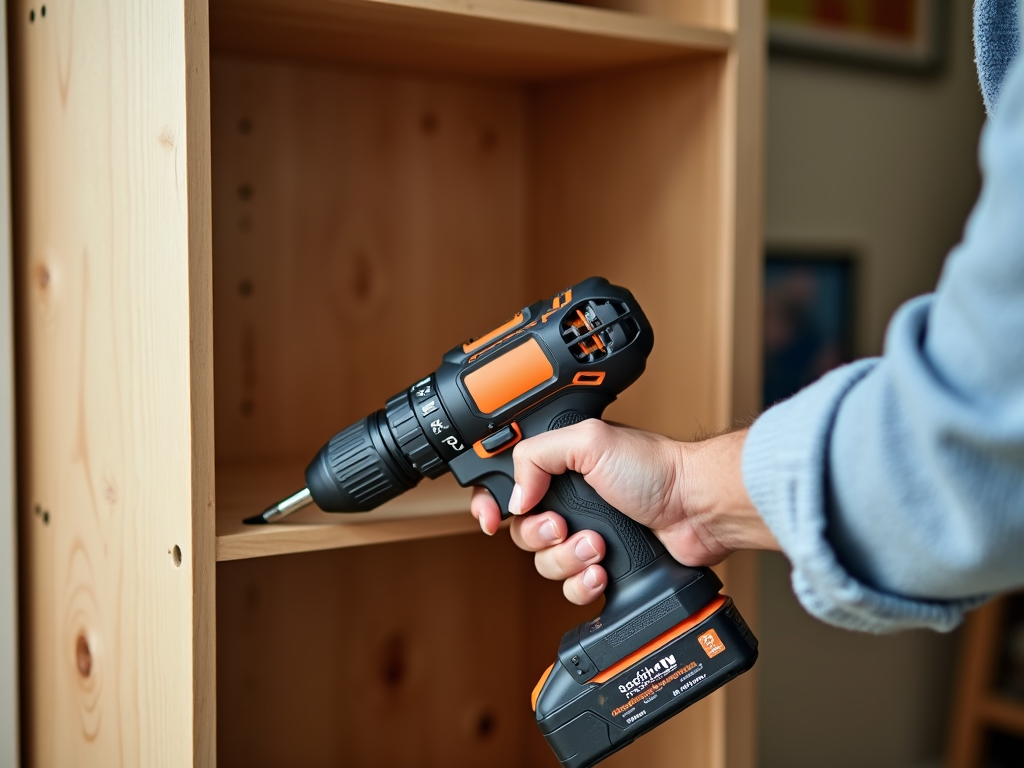Ergonomic hand tools for reduced strain are designed to make work easier and safer. They fit your hand naturally, cut down on discomfort, and help prevent injuries. This article dives into their benefits, types, and how to pick the best ones for you.
I’ve used hand tools for years, from fixing furniture at home to tackling bigger projects. Regular tools left my hands sore and tired after a while. Then I switched to ergonomic hand tools for reduced strain. The difference was night and day. My hands felt better, and I could work longer without feeling worn out. In this guide, I’ll share what I’ve learned to help you find the right workman tools for your tasks.

What Makes Hand Tools Ergonomic?
Ergonomic hand tools are built to match how your body moves. They reduce stress on your hands, wrists, and arms. This helps avoid problems like sore muscles or long-term injuries. Here’s what sets them apart:
- Cushioned Grips: Soft handles that feel good and lower pressure.
- Adjustable Handles: You can change the size to fit your hand.
- Angled Designs: Keeps your wrist straight and comfy.
- Lightweight Build: Less weight means less tired arms.
Why Use Ergonomic Hand Tools?
Switching to these tools brings real perks. Here’s what you can expect:
- Less Pain and Tiredness: They keep your body in a natural position, so you don’t ache as much.
- More Work Done: Comfort means you can keep going without stopping.
- Fewer Injuries: They cut the risk of strains or worse over time.
- Better Control: You get a solid grip for precise work.
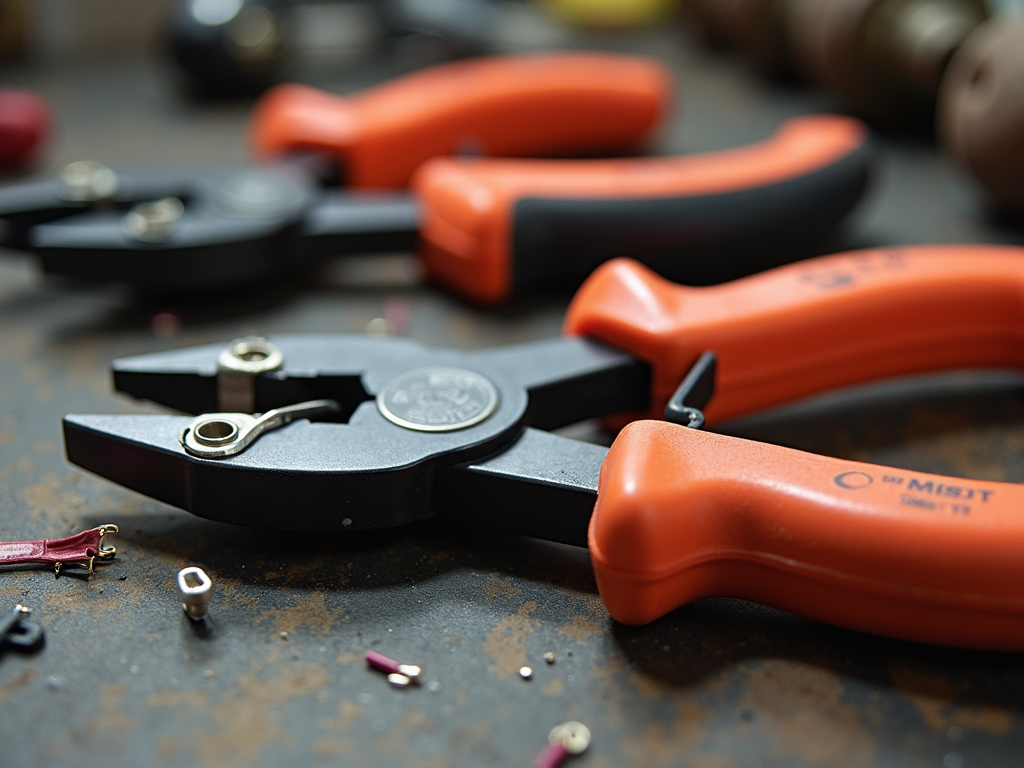
Types of Ergonomic Hand Tools
Not all hand tools are the same. Here are some popular ones with ergonomic twists:
- Screwdrivers: Soft grips and sometimes angled tips for easy turning.
- Pliers: Adjustable handles that fit your hand perfectly.
- Hammers: Shock-absorbing grips to soften each hit.
- Wrenches: Smooth-turning designs to save your wrist.
Quick Look at Ergonomic Features
| Tool Type | Key Ergonomic Features |
|---|---|
| Screwdriver | Cushioned grip, angled tip |
| Pliers | Adjustable handles, soft grip |
| Hammer | Shock-absorbing grip, balance |
| Wrench | Smooth ratchet, comfy handle |
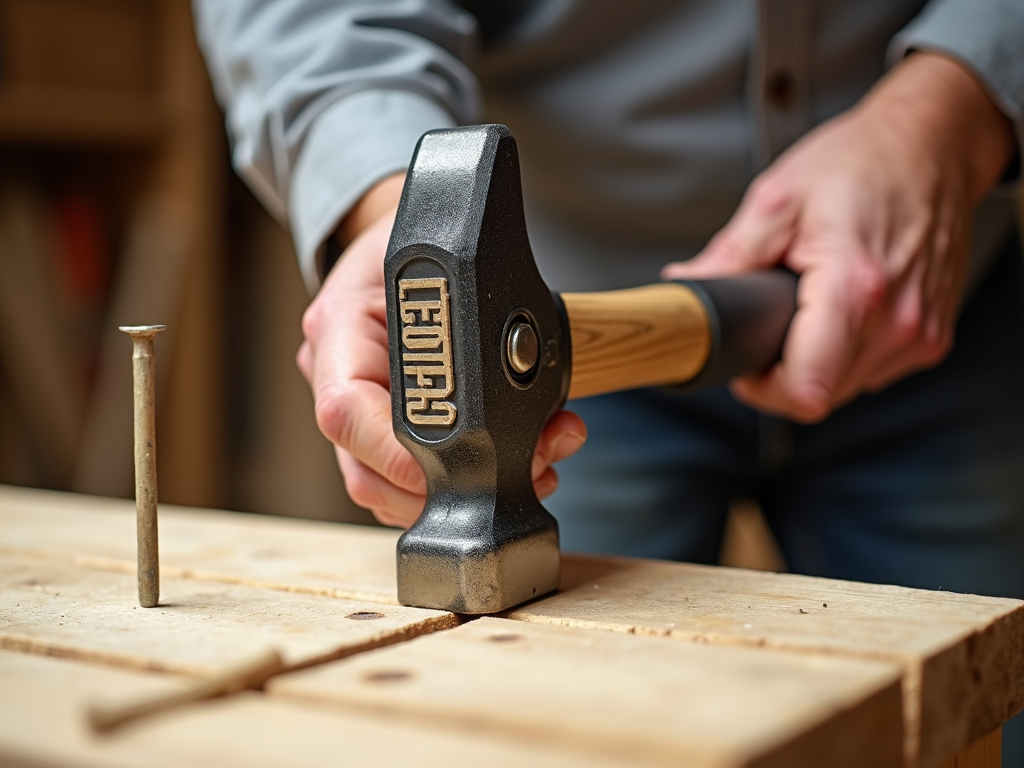
Picking the Best Ergonomic Tools
Choosing the right workman tools isn’t hard if you know what to look for. Try these tips:
- Match Your Task: Pick tools made for what you do most.
- Test the Fit: Hold it—does it feel good in your hand?
- Check Quality: Good tools last longer and work better.
- Read Reviews: See what others say about how it feels.
For more help, check out this guide from OSHA on picking safe, comfy tools.
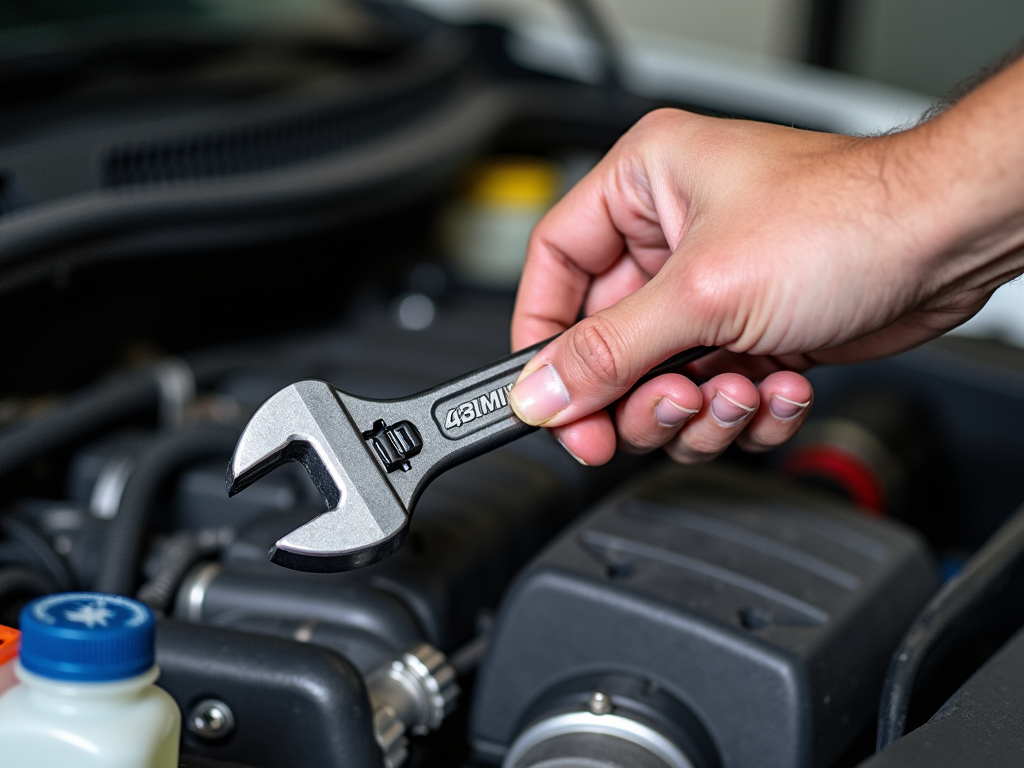
My Take on Ergonomic Tools
The first time I grabbed an ergonomic screwdriver, I was hooked. The soft grip didn’t dig into my palm, and I could keep going without my hand cramping up. It made fixing things faster and less of a chore. I noticed my work got neater too—no shaky hands from pushing too hard.
Then there’s the ergonomic hammer I tried. Every swing felt smoother. The grip soaked up the shock, so my arm didn’t feel rattled after nailing boards all day. It’s little changes like that that make work less of a grind.

What Science Says
Studies back up why these tools matter. The National Institute for Occupational Safety and Health (NIOSH) found ergonomic hand tools can cut injury risks by up to 50%. Another report from UC Berkeley’s Ergonomics Program shows how smart design stops hand and wrist problems before they start.
I’ve seen this myself. After months with ergonomic tools, my old aches faded. It’s not just about feeling good today—it’s about keeping your hands strong for years.
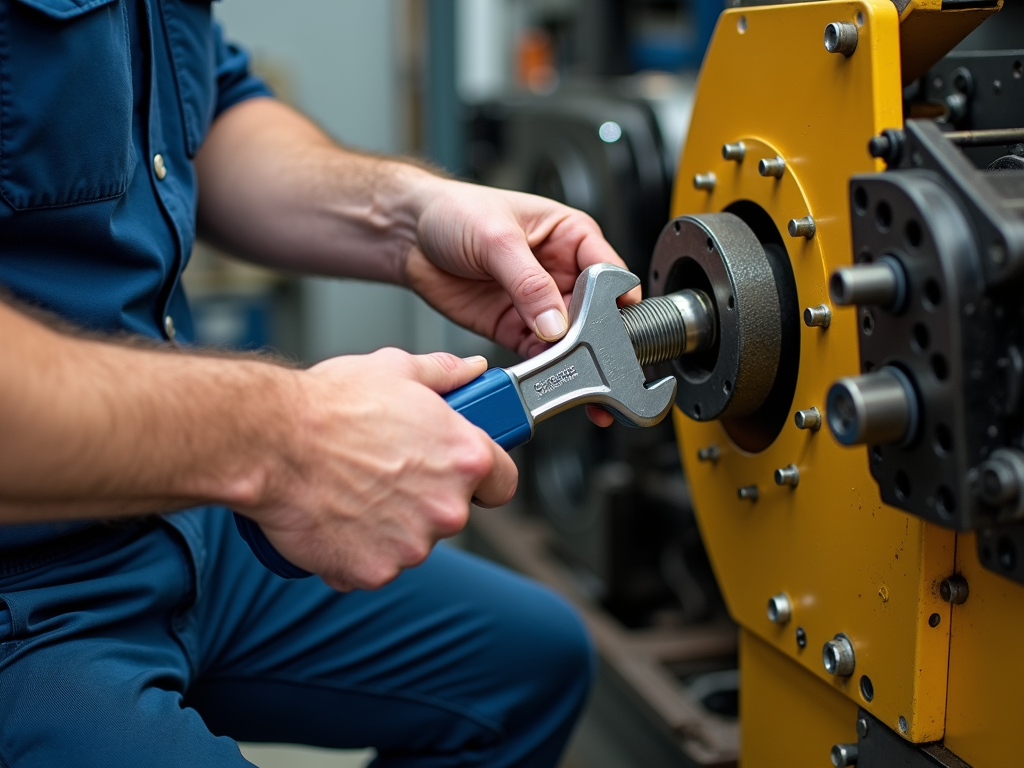
Wrapping It Up
Ergonomic hand tools for reduced strain aren’t just nice to have—they’re a game-changer. They make work easier, safer, and more comfortable. Whether you’re a pro or just fixing stuff at home, these tools can save your hands and boost your day. Pick ones that fit your needs, feel right, and hold up over time. You’ll wonder how you ever got by without them.
Related ergonomic hand tools for reduced strain:
- Organizing Your Workshop: Maximizing Space and Efficiency
- Choosing the Best Power Tools for Home Projects: A Comprehensive Guide
- Advanced Safety Techniques for Experienced Metalworkers
- Innovative Workman Tools in 2024: A Game Changer for Workshops
- Tool Maintenance Tips for Mechanics: Keeping Your Tools in Top Shape
- How to Organize Your Tool Collection for Maximum Efficiency
- Safety First: Essential Gear for Workman Tool Users
- Mastering Complex Projects: A Guide to Advanced Workman Tools
- The Future of Woodworking Tools: Safety and Innovation
- 5 Common Mistakes with Power Tools and How to Avoid Them
- Best Cordless Drills for Every Budget: A Comprehensive Guide
- The Ultimate Guide to Specialized Workman Tools for Metalwork
